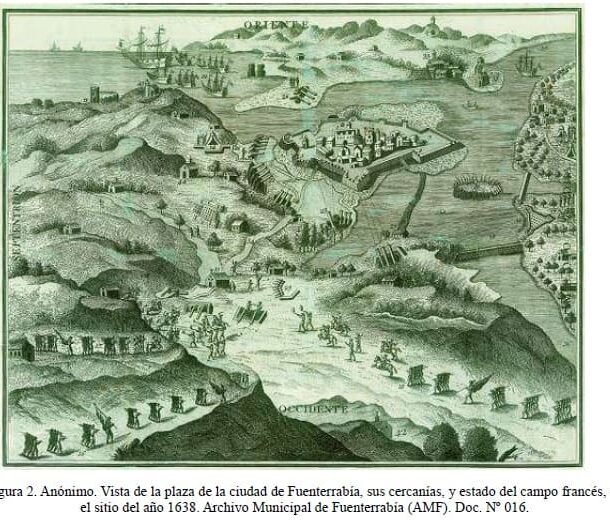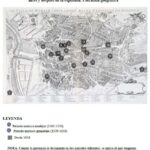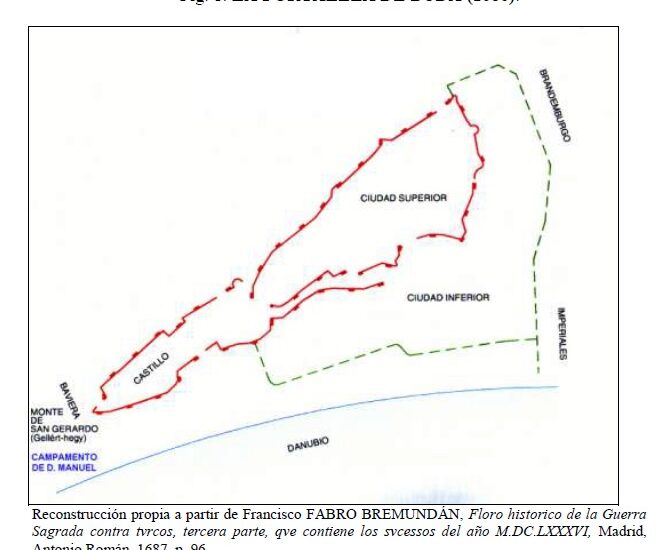
In analysing the presence of the Moors in Madrid, the aim is to contextualise this socio-religious minority numerically and geographically. It is noteworthy that in contrast to other places where the aljamas are disappearing and integrating into each other, in Madrid a certain persistence is documented, making it possible to analyse the geographical movements of the different communities located in the area.
From 1571 onwards, news began to emerge of the arrival of relatively large groups of Moors from Granada who settled in Madrid until their definitive exile. These new residents gradually joined the community of former Mudejars, forming very heterogeneous communities. In spite of this, the former Moors refused to mix with the Grenadians, or if they had to, they avoided their equal status due to certain privileges they enjoyed as a result of their voluntary conversion.
With respect to the map, the efforts of the local authorities to avoid concentrating all the Moriscos in a few streets and thus avoid their concentration in morerías can be seen. On the other hand, this discrimination, together with economic reasons, pushed the poorest Moriscos to settle on the outskirts of the city, far from the traditionally Mudejar neighbourhoods in previous years.
Collection: Images
Project: 10. Churches and religions in Europe., 7. Persecuted by justice and powers: rebels, political dissidents and criminals in the history of Europe.
Chronology: XVI, XVII
Scope: Secondary Education, Baccalaureate, University
Link: http://www.tiemposmodernos.org/tm3/index.php/tm/article/view/2069
Resource type: Image
Format: Map
Source: Moreno, F. J. (2017). "Algo más sobre los moriscos de Madrid", en Tiempos modernos, nº 34, p. 327.
Language: Spanish
Date: 2017
Owner: Roberto José Alcalde López (Modernalia)
Copyright: ©Tiempos Modernos ©Francisco J. Moreno Díaz del Campo
Abstract: Map of Madrid showing the places where the Moriscos carried out their religious practice before and after their expulsion
Image
Tags







